The advancement in technology has led to the tremendous improvement of smart home ecosystem. Having introduced the smart speakers, smart thermostats, smart video doorbells among others, there is also the introduction of a smart lighting system. This is where the Philips Hue lighting system comes in.
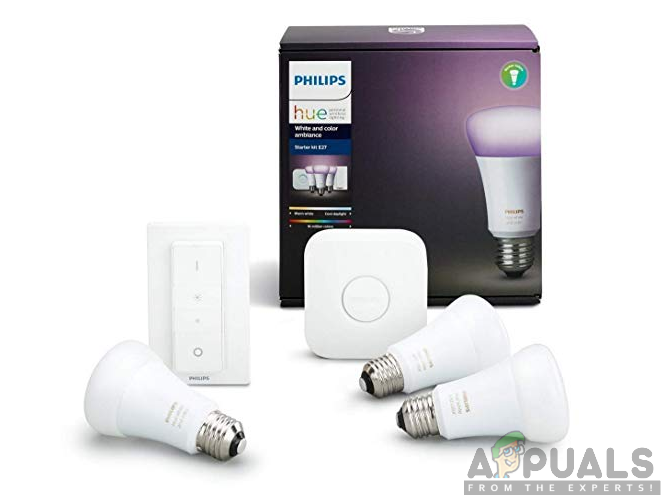
Philips Hue is a smart lighting system that offers an array of connected light bulbs that are controlled with the help of the internet and a mobile app. The Philips Hue lighting system is one way of turning your home into a smart home. Also, it is capable of working with other smart home ecosystems including the Amazon Alexa, Apple HomeKit, and Nest just to mention a few. We are going to show you step by step guide on how to set up and use the Philips Hue lighting system.
Unboxing the Philips Hue Starter Kit
Now that you have purchased the Philips Hue Starter Kit, you will then need to unbox it and get it ready for the setup process. The Starter Kit comes with two or four white bulbs and the Philips Hue bridge. The bridge is a vital necessity as it will allow you to connect the light bulbs to the Wi-Fi connection through it. Once the bridge is connected, you can add up to 50 bulbs into the lighting system depending with your need for lights.
Moreover, there are a variety of bulbs to choose from. This comes in various sizes and involves the white and color ambiance, and the white bulbs. Your choice, however, will come at a price since the white and color ambiance light bulbs are the most expensive type of lights from Philip Hue. The white bulbs on the other side are the least expensive type of lights provided by the company.
Now once you have unboxed the box, you will find the Hue bridge a shown in the figure below. This is considered as the heart of the whole lighting system since it connects all light bulbs to the internet connection. At the back of the bridge, there are two ports, one for the power adapter and the other one for ethernet cable.

In addition to this, there is a provided power adapter, ethernet cable, and smart light bulbs. You will now need to assemble the power adapter by sliding the plug down into its case. Once all these requirements are in place, you can now proceed to set up the Philips Hue lighting system.
Setting up the Philips Hue Lights
Now you will have to perform the hardware and software installation to set up the Philips Hue lighting system. After purchasing the Philips Hue Starter Kit, you have to follow the steps given below to get started and use the lighting system. The procedure includes the following:
Step 1: Power Up the Philips Hue Lights
First off, you will need to power up the lighting system. This involves the powering of light sources and turning on your wall switches. It is very simple to achieve this. All you have to do is to screw the new bulbs into the existing light fixtures then turn on the wall light switches. The bulbs will power on indicating that they are working properly and ready for pairing with the Hue bridge.
Step 2: Connect the Hue Bridge
Next, you will need to plug in the Hue Bridge into a power source to power it up. Be sure to use the power adapter provided which is plugged into a power outlet and the other end plugged into the power port on the bridge. Furthermore, you will have to connect the Hue Bridge to your Wi-Fi router using the ethernet cable provided. Be sure to plug one end into the ethernet port on the back of your bridge and the other end into your Wi-Fi router’s ethernet port. The three lights will light up revealing to you that the connection is successful, therefore, ready for the next process.
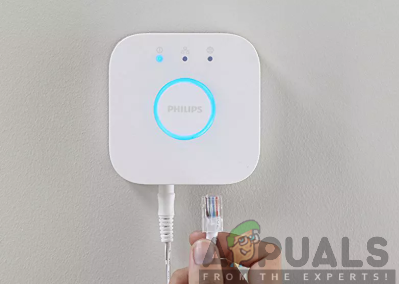
Step 3: Download the Philips Hue app
Now that you are done with the hardware installation, software installation is the next move to make. This involves downloading the Philips Hue app into your mobile devices. This app will play a vital role in completing the setup process as well as performing other control functions. Most noteworthy, make sure that your mobile device is connected to the same Wi-Fi network as the Hue bridge to be able to find your light bulbs during the setup process.
This companion app is available for both Android and iOS devices. Therefore, it is readily available for download and installation in the Google Play Store and the App Store as well. To download the app, be sure to follow the steps as outlined below:
For iOS users:
- In your iOS device, go to the App Store.
- Search for Philips Hue app in the search bar.
- Click on Get to install the app into your device.

For Android Users:
- Go to Google Play Store on your Android device.
- Tap the search tab and search for the Philips Hue app.
- Click on Install to acquire the app in your Android device.
Step 4: Set Up the Philips Hue Bridge
Now that you have the Philips Hue app installed in your mobile device, you will have to set up the Hue Bridge using the app. Therefore, be sure to follow the steps given below to set it up:
- Launch the Philips Hue app. This will begin to automatically search for a Hue Bridge.
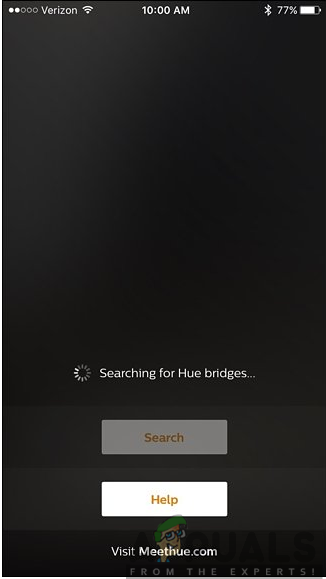
- After your Hue Bridge is found, click on Set Up. This lets you begin the setup process.

- On your Hue Bridge, press the push-link button located at the center of the Hue Bridge.
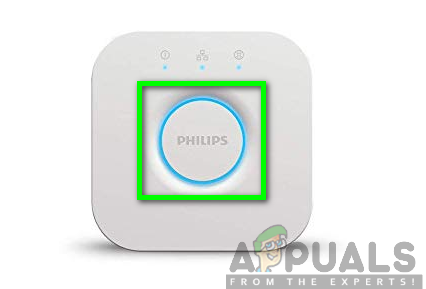
- Your Hue Bridge will now be connected, hence, click on Accept to agree to the terms and conditions.
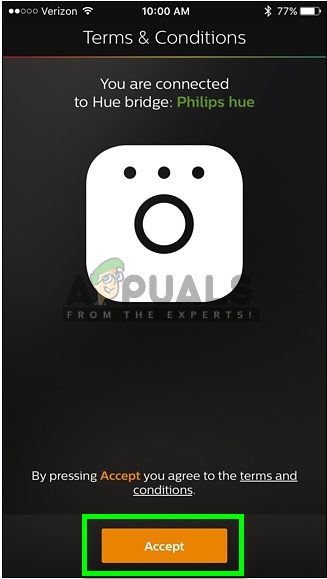
- Next, you will need to follow the onscreen instructions provided to complete the set-up process.
- Lastly, you will need to scan the accessory setup code located on the back of your Hue Bridge using your smartphone. This will automatically detect the code.

Step 5: Set Up the Philips Hue Bulb
After ensuring that the Hue Bridge is all set, you will now have to set up the light bulbs. This step is simple and pretty intuitive as you will be adding the smart light bulbs into the Philips Hue lighting system. Therefore, with the bridge being lit and running, be sure to follow the steps given below:
- Open the Philips Hue app on your mobile device.
- Navigate to Settings and click on Light Setup.
- Next, tap on Add Light.

- Click on Search button to find all of your bulbs. This might take several minutes. However, if it does not find all of your bulbs, you can manually add the bulb to your setup by clicking on Add serial number and then enter the serial number located on your bulbs.

- After all your light bulbs are found, you will be prompted to group them into rooms for easier control. Be sure to click the plus icon at the bottom right corner of the page to create the rooms.

- Next, follow the onscreen instructions provided to get done with the setup process. You can now begin controlling your Philips Hue lights.
You will now be in a good position to use your Philips Hue lights by controlling them using your mobile device. Moreover, you will be able to control the brightness, colors, schedules, as well as integration with other smart home products. This may involve the Google Assistant and Amazon Alexa among other amazing smart home technologies. In addition to this, you might need to create an account on Philip’s website to enjoy additional features with the Philips Hue lighting system.